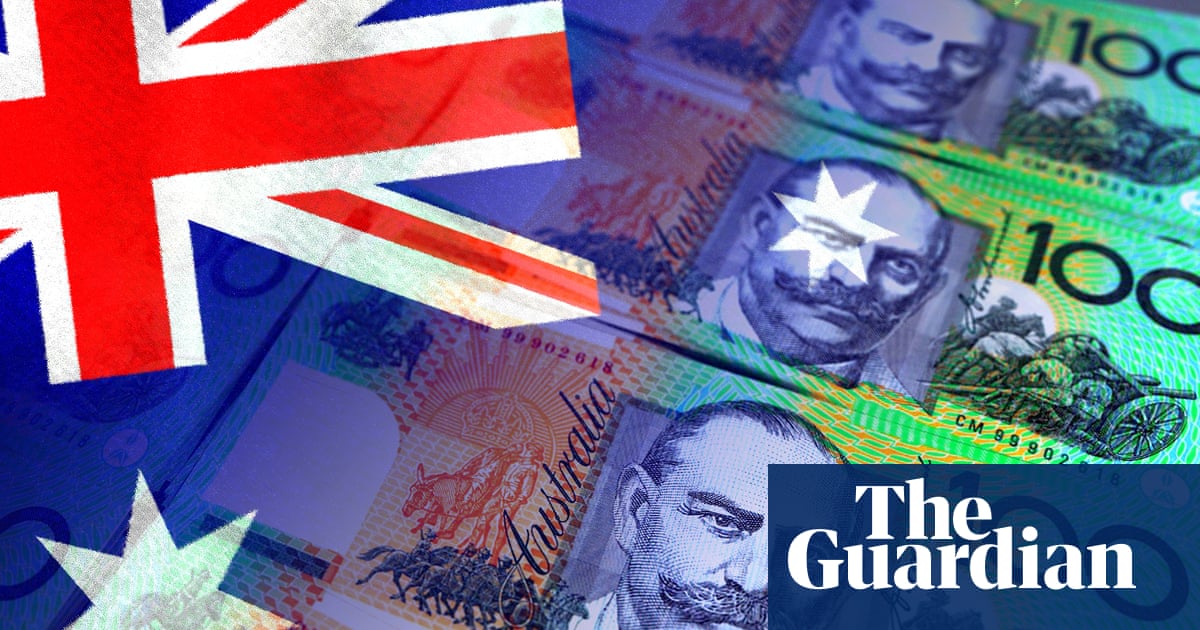
Falling Australian dollar spells bad news for travellers and shoppers
Consumers and travellers will face higher prices after the Australian dollar fell to Covid-era lows, as markets reel from Donald Trump’s “liberation day” tariff plan.
Fears of a global recession dragged the Australian dollar sharply lower on Monday against the country’s major trade partners and to its lowest point against the Euro, pound and US dollar since 2020.
A lower Australian dollar will translate to higher prices for customers buying overseas goods, even if prices settle in coming weeks, according to Kelly Slessor, an e-commerce expert.
“The cost of a dress or something overseas yesterday is significantly more expensive today, [especially] if you’re buying it from the US,” she said.
“Temu, Shein and stuff like that will probably hold for a little while but their prices may go up over the next couple of weeks.”
The value of one Australian dollar fell to a low of 59.64 US cents, its lowest point since April 2020, on Monday. This was down more than 6% to the 64 US cent level it was at mid last week, before Trump’s tariffs were unveiled.
While Australians import goods from all over the world, the prominence of the US dollar could make it hard to avoid higher prices, according to Mark Baartse, a retail consultant.
“A lot of transactions are pegged to US dollars, regardless of where you buy from,” he said.
Shoppers could turn to local Australian businesses or make their purchases sooner before trade-exposed businesses hike their prices, Baartse said.
Overseas travel will also be more expensive after the Australian dollar lost value in top destinations including New Zealand, Indonesia and India.
Nearly a million Australians travelled to Japan in 2024, helped by a strong exchange rate of over 100 Japanese yen per dollar, but Monday’s sell-off resulted in it falling below 90 Japanese yen for the first time since 2023.
The Australian dollar’s value is tied to demand for commodities such as iron ore, which would suffer if economic activity slowed around the world, and especially in China, as a result of a global trade war.
My Bui an economist at AMP said investors buy the Australian dollar when they expect a global boom and sell it down when they fear a crash.
“When there is concern about a global slowdown, and particularly from the tariff and global trade war, then there is less demand for our commodities,” Bui said.
Other global currencies were performing better against the US dollar as markets placed bets on where Trump’s tariff regime would have the heaviest impact.
The Euro and Japanese yen have risen against the US dollar, while India and South Korea suffered falls.
Australian markets have grown increasingly fearful of a global recession, with the share market shedding $160bn in value early on Monday as China and the European union make plans to retaliate against US tariffs.










